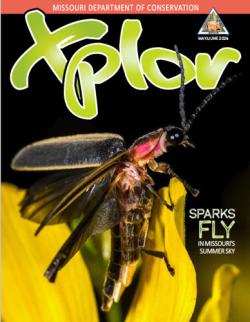
Xplor reconnects kids to nature and helps them find adventure in their own backyard. Free to residents of Missouri.
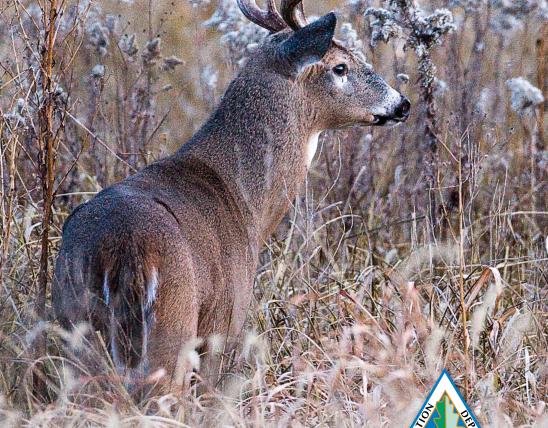
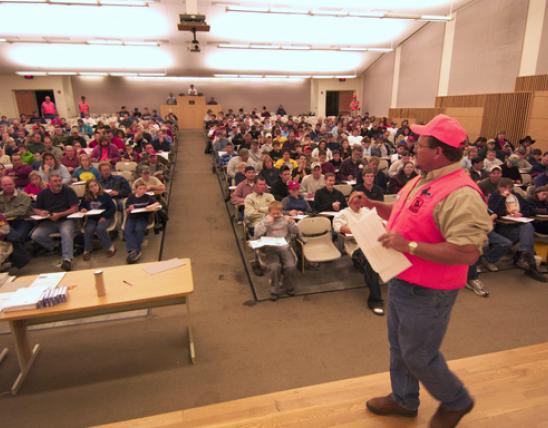

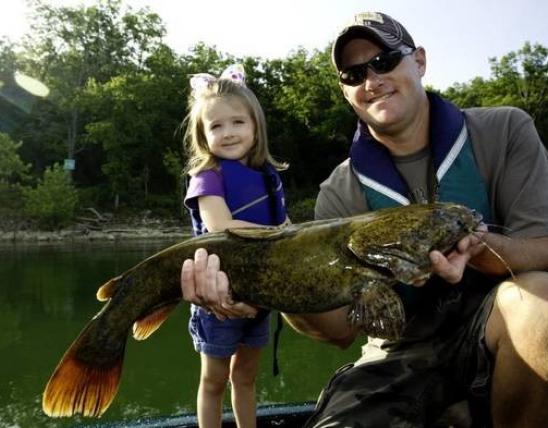
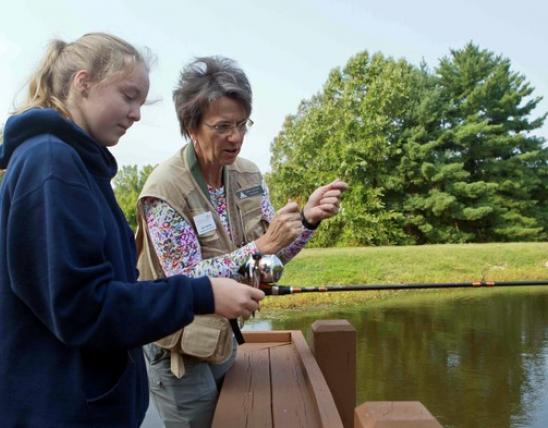
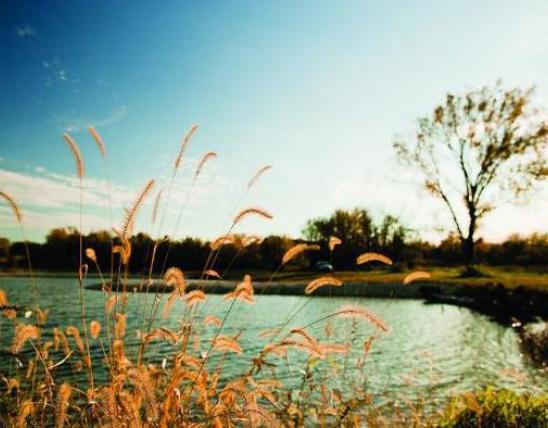


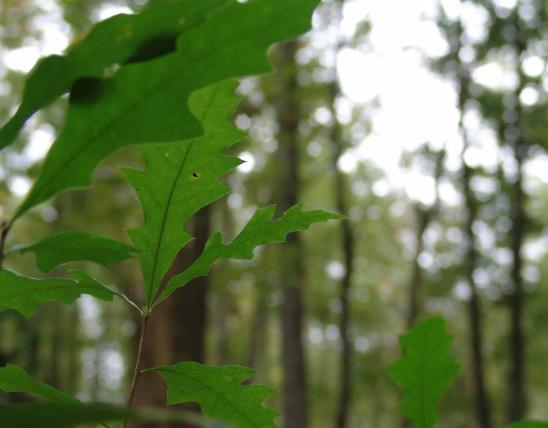
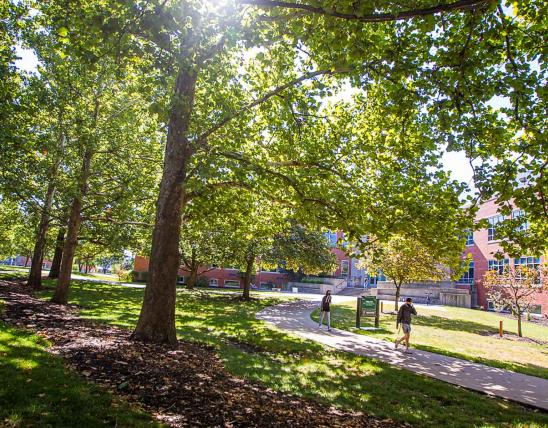
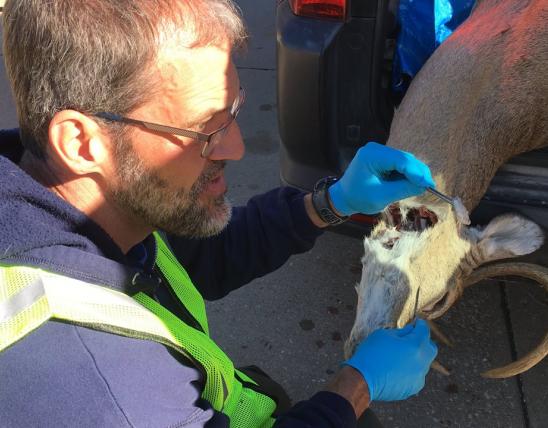
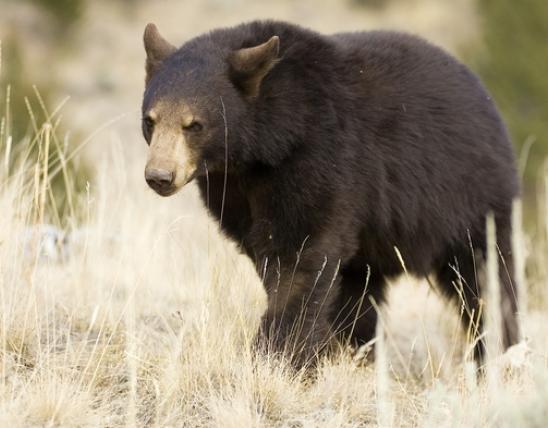
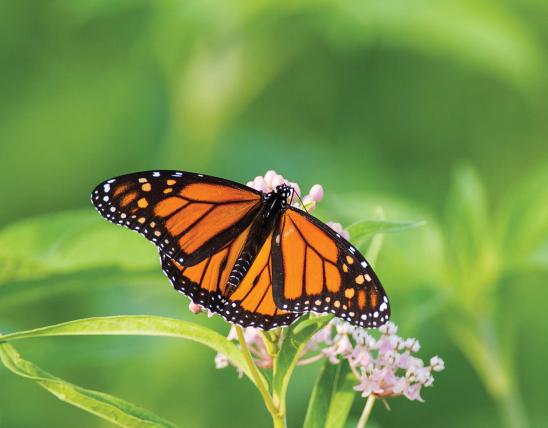
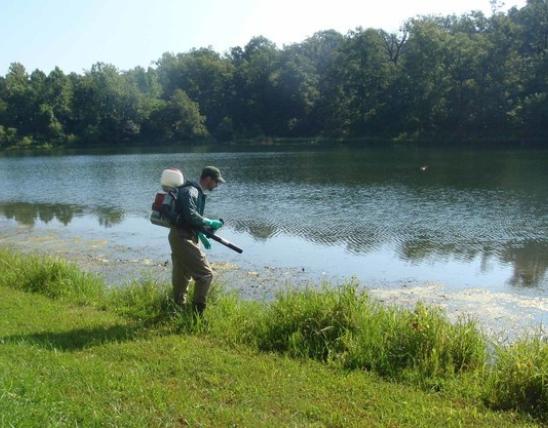
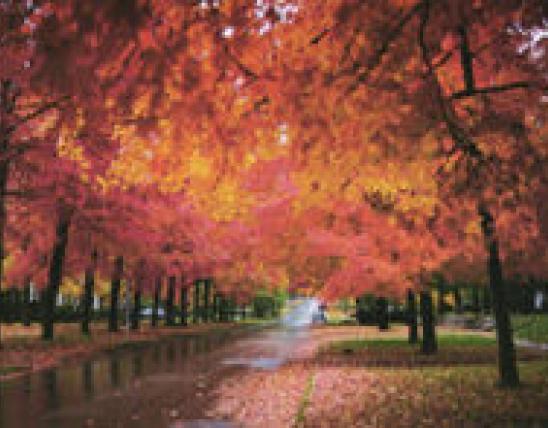

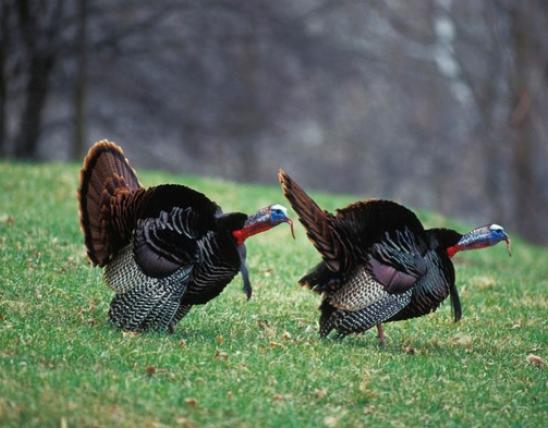
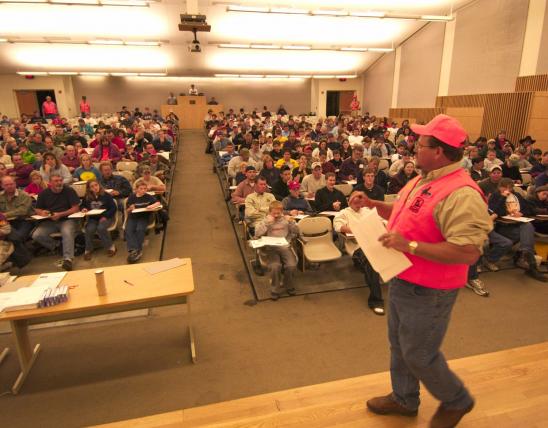











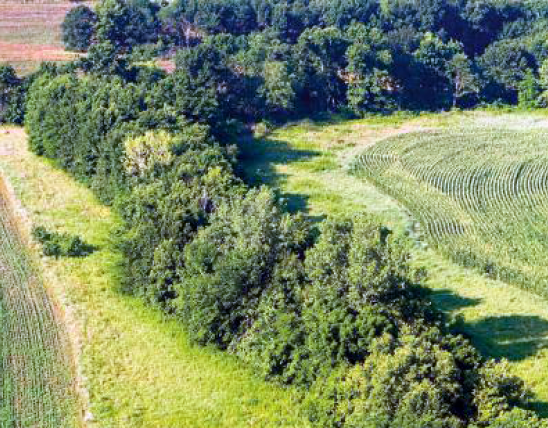



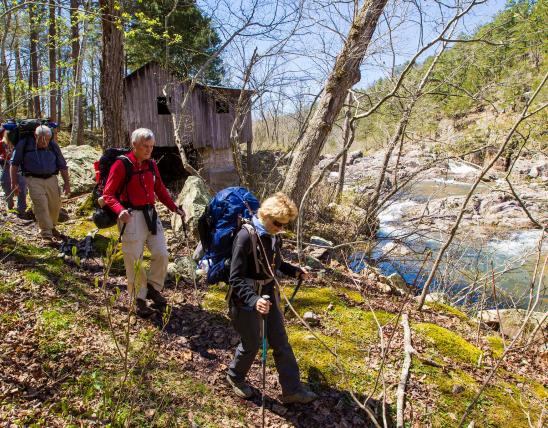
Stay in Touch with MDC news, newsletters, events, and manage your subscription

Xplor reconnects kids to nature and helps them find adventure in their own backyard. Free to residents of Missouri.
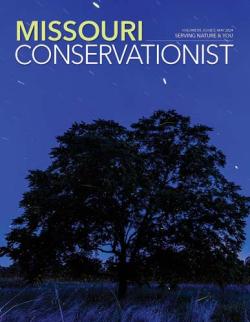
A monthly publication about conservation in Missouri. Started in 1938, the printed magazine is free to residents of Missouri.
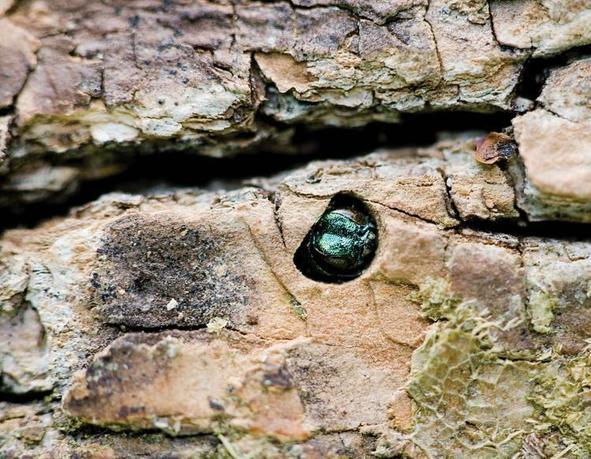
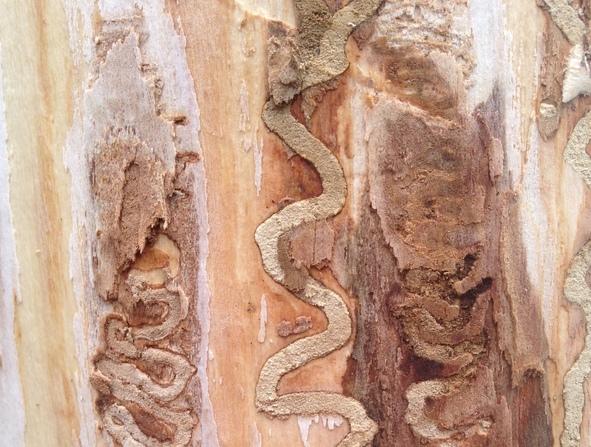
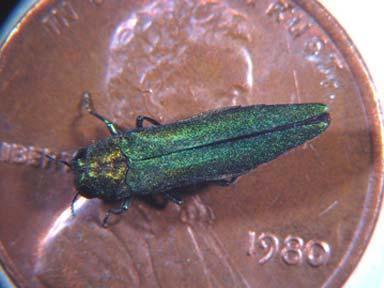
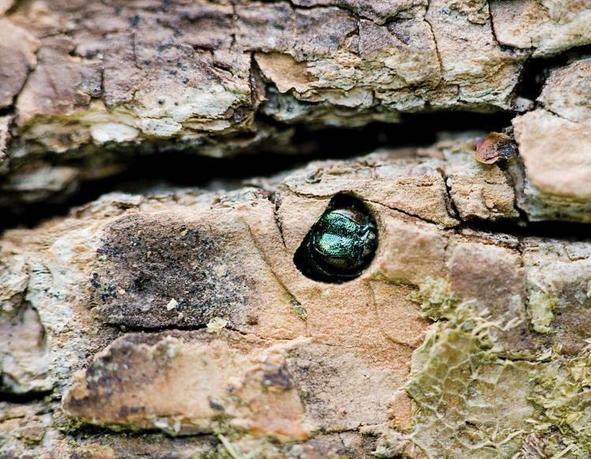
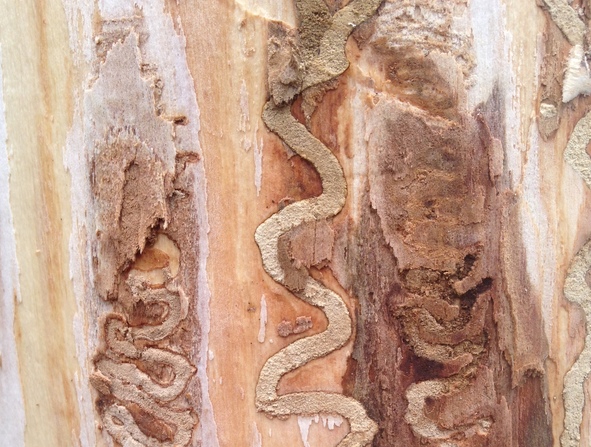
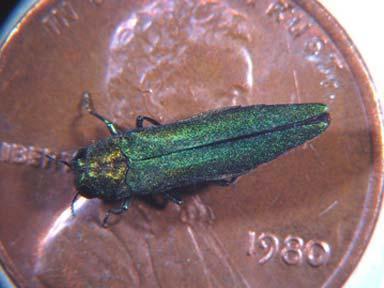
HANNIBAL, Mo. – Foresters with the Missouri Department of Conservation (MDC) have confirmed the presence of Emerald Ash Borer (EAB) in Ralls County in northeast Missouri. This exotic, tree-killing pest has now been detected in 36 Missouri counties and the City of St. Louis.
EAB is a small, metallic green beetle native to Asia that only attacks ash trees. The adult beetle does very little damage – it is actually the larval stage that causes tree death. EAB larvae bore into the vascular layer of ash trees, creating distinct S-shaped galleries that slowly cut off the flow of water and nutrients. Unfortunately, EAB kills over 99% of the ash trees it attacks within 3-4 years of infestation.
EAB is not new to the Hannibal area – it was first spotted in southern Marion County in the fall of 2015. MDC Forest Entomologist Robbie Doerhoff urges people who own ash trees to make a plan now to either treat or remove those trees.
“If you have a healthy, high-value ash tree in your yard, it can be treated with insecticides that will protect it from EAB. However, these treatments can be expensive and must be applied every year or two to guarantee protection,” said Doerhoff. “For some ash trees, especially those that have already lost more than 50% of their leaves and branches, the best option is removal, followed by replanting with a different species, such as an oak native to Missouri.”
Several insecticide treatment options are available, including some do-it-yourself methods. However, it’s important to note that insecticides available at home improvement stores work best on trees smaller than 20-inches in trunk diameter (measured 4.5-feet from the ground). Trees larger than that size require insecticides available only to licensed applicators in order to provide adequate protection from EAB.
“If you decide to treat your ash tree, make sure you use a pesticide labeled to kill EAB and that you apply it at the right time of year,” said Doerhoff. “For large trees that need to be treated by a professional, use a reputable company and get a couple of bids. Some neighborhoods receive discounts if several people have ash trees treated by the same company.”
Ash trees that are removed should be disposed of locally to prevent the accidental spread of EAB to new locations. EAB can emerge from ash firewood and logs for up to two years after harvest, so don’t give EAB a free ride to your favorite camping locations. Buy firewood near where you plan to burn it!
For more information on protecting your ash tree from EAB, download the Emerald Ash Borer Management Guide for Missouri Homeowners at short.mdc.mo.gov/ZkT.
MDC encourages Missourians to learn to identify signs of EAB and report possible infestations in counties where the pest has not yet been confirmed. For a map of EAB’s spread across Missouri and detailed information on identification, visit eab.missouri.edu. Report suspected EAB damage in new counties to a local MDC forester, call MDC’s Forest Pest Hotline at 866-716-9974, or email forest.health@mdc.mo.gov.